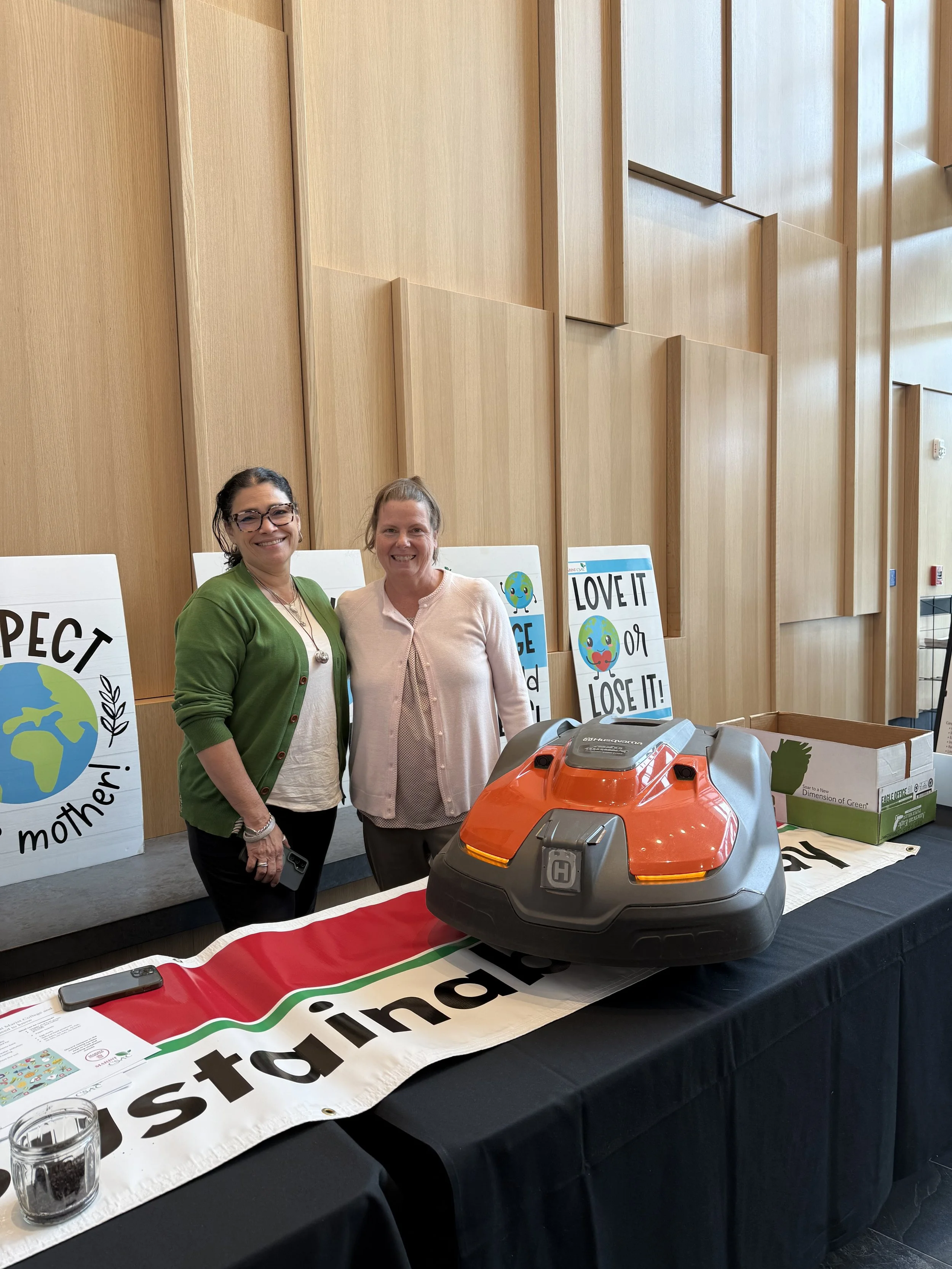Marist University Joins Global Collaborative to Build a More Sustainable Environment
Marist faculty eager to tell students about the university’s sustainability practices. Photo by Kai Voris '29
On Oct 29, the Menus of Change University Research Collaborative (MCURC) visited Marist University to discuss their plans to make the campus more sustainable and environmentally friendly. Formed over a year ago, a campus-wide committee of staff and students has been working on its sustainability action plan for Marist. The group focuses on how the university could expand education and research, conserve energy and reduce food waste.
This dedicated group is part of the Menus of Change University Research Collaborative, which is a national network co-founded and led by the Culinary Institute of America (CIA), Stanford Residential & Dining Enterprises (R&DE), and Stanford Prevention Research Center. Their goal is to promote healthier and more sustainable food systems through the research and perseverance of the members on the committee.
During their most recent visit, the group celebrated several of the sustainability efforts already achieved on the campus. They celebrated notable efforts like the electric lawn-cutting robots, which operate on rechargeable batteries instead of gas-powered equipment. This technology advancement reduces greenhouse gas emissions and noise while operating, making the campus quieter and cleaner.
Another celebrated action was the dining hall donation and composting programs. These programs donate unserved dining hall food to local charities. This helps the people in the surrounding community who may be struggling with food insecurity. Additionally, the campus set up compost bins around the dining areas. Compost bins use the organic waste thrown away and from landfills and convert it into nutrient-rich soil. All of these efforts help lower the university’s carbon footprint.
A member of the committee described the sustainability action plan as “the first concrete plan,” indicating their shift from goals to actions. This transition suggests a newer and more involved action plan to achieve Marist’s sustainability goals.
The group is also working towards merging sustainability into the academics of the university. By partnering with organizations like the United Nations Sustainable Development Goals group, they hope to promote more hands-on learning environments and research.
The organization tries to encourage students to engage directly with real-world environmental issues and attempt to solve them. This creates a culture of sustainability that extends outside of the classroom. Many students have responded by organizing charity events and participating in research projects that address environmental challenges and ways people can solve them. These efforts inform students and empower them to take initiative in solving real-world crises like climate change and food waste.
In addition to food and energy efforts, the group is also exploring ways to promote sustainable commuting and transit. By tracking and reporting energy usage, they hope to discover ways they can reduce emissions associated with transportation.
One of the group's essential partners is Waste Not 2.0. This program weighs and calculates the amount of food waste in places like dining halls. This data is used to identify food waste patterns, which can be used to provide strategies to help promote better dining hall habits and reduce waste.
As the committee continues to work towards its action plan, the hope is that Marist will become a model of sustainability. They also hope that other universities can use Marist’s efforts to make campuses an environment for change and improvement.
These initiatives reflect on the shared goal of making Marist an ideal campus of sustainability. Through education, dedication, collaborative efforts and student involvement, the campus is making its way towards an even more sustainable future.
